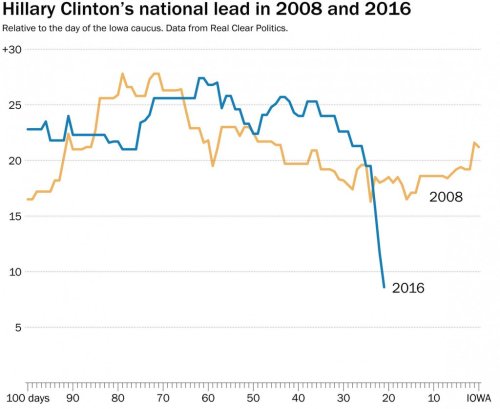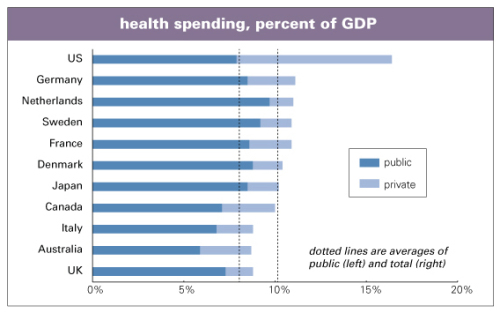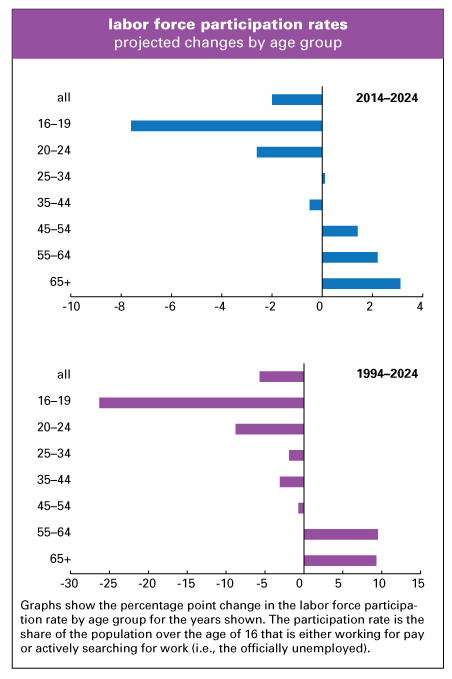Katha Pollitt is out with a response to my response to her review of My Turn. Once again, it’s largely free of any engagement with Hillary Clinton’s political history. It’s a short book, but there is a healthy amount of detail about some rather terrible things she’s done over her four decades in public life. Katha touches briefly on a few, but the blows are merely glancing.
I understand why she might not want to engage, since those terrible things undermine some of Hillary’s supporters’ most cherished claims about her, notably all the work she’s done on behalf of women. She did give that famous and frequently quoted speech in Beijing in 1995 (not 1985, as Katha wrote) in which she said that “women’s rights are human rights.” I thoroughly agree that they are. But it’s not clear how Hillary put that assertion into actual practice.
Hillary’s material actions have often been decidedly less woman-friendly, starting with the war on teachers—disproportionately black women—she conducted in Arkansas; running through her service on the board of Walmart, a notoriously sexist operation, about which she said nothing; and continuing through her support of welfare reform, an abomination that deserves more than a grudging sentence of concession for having driven millions of women and children into poverty. (She called welfare recipients “deadbeats,” for God’s sake. See here for that and several other luscious quotes on the topic.) And Haitian garment workers, mostly women, might not feel so warm towards her State Department’s opposition to an increase in that country’s minimum wage, which a U.S. Embassy official denounced as “a populist measure aimed at appealing to ‘the unemployed and underpaid masses.’” That quote, by the way, comes from Katha’s magazine, The Nation.
Much has been made of Hillary’s work for women while Secretary of State. I don’t doubt that Hillary meant to do something, but just what did she do?
Before considering that, it’s essential to point out that she was probably the most bellicose member of Obama’s cabinet, and war is notoriously bad for women. And she’s continued in that mode since leaving Foggy Bottom, waving her saber at Syria and Iran. Hasn’t feminism historically been characterized by a significant pacifist strain?
That rather large matter aside, just what did Hillary do to “elevat[e] women and girls as Secretary of State,” as Katha puts it? There’s a rather sympathetic book—so sympathetic that the foreword is written by someone who declares a twenty-plus-year friendship with Hillary—on the topic by Valerie Hudson and Patricia Leidl, The Hillary Doctrine: Sex & American Foreign Policy, which is rather long on citing directives and rather short on citing accomplishments.
On the accomplishments front, Hudson and Leidl quote Peter Van Buren, a career foreign service officer who ran a provincial reconstruction team (PRT) in Iraq. They were told to “do women’s programming.” What did that mean? Van Buren recalls:
We were told, “Do women’s stuff!” But we were not really given any guidance…. My PRT stumbled upon “widows”—we were going to “help widows….” Okay, what were we going to do for widows…? We already had a beekeeping operation in place, and so we said we’d limit it to widows, which is how our “Bees for Widows” program was born. It was hard to find widows, because we had no access to society because we weren’t trusted. So individuals emerged who could “provide widows.” Widow brokers! We filled up our project, and sent photos back to the embassy of hijab’d women doing things…. We got very creative in telling these stories, so for example about the beekeeping, we’d say something like, “This empowered the women and helped change attitudes so that they will participate in the democratic process.” The embassy really liked these…. I find it difficult to cite any way that we helped women….
In Iraq, two large things bumped—Clinton’s sincere desires to help women and Iraqi conservative culture. Neither gave ground. And what was between them—the embassy—wanted Clinton to be happy and feel her goals were being accomplished. But there was incredible turnover and so no coherent plan was possible. My boss changed three times in twelve months. Washington, D.C., has a short attention span. Clinton’s in Burma, then she’s in China. There’s no time to stop and say, is it really happening here? … She didn’t know, but maybe she didn’t care to know. Secretaries of state can’t proclaim failure.
But their publicists are free to proclaim success.
To be fair to Hillary—see, I can do it! I can! I can!—she was up against a lot: a stubborn, mostly male bureaucracy working in often deeply sexist societies. But please don’t claim triumphs where there were very few. There may be “no time to stop and say, is it really happening here?”—curiously, people who praise Hillary’s tenure at State cite the million miles she traveled as an achievement—but there’s also no incentive to do so if you’re more concerned with PR than reality.
A couple of other points:
“What Doug gives us is so partial—he mentions every negative (even her supposed breaking of a lamp in a fight with Bill)—he turns her into a cartoon.” Why does Katha think that I find her throwing a lamp at Bill is all that negative? She’d recently learned of his Oval Office blowjob and was rightly pissed off at him for putting his presidency at risk and humiliating his family. And why a cartoon? It’s all true, and fully documented.
“If he’s going to attack her for botching healthcare reform, Doug should at least have mentioned her role in establishing the SCHIP program, which gave healthcare to millions of low-income children.” Hillary’s role in establishing SCHIP is debated. The measure was sponsored by Ted Kennedy (D-Mass.) and Orrin Hatch (R-Utah), and they did most of the work getting it enacted, but Hillary reportedly lobbied her husband to support it. The best summary may be from former New York Times reporter and Kennedy biographer Adam Clymer, who said: “Kennedy and Hatch deserve most of the credit, but Hillary helped.” Ok, partial credit given. And while it’s nothing but good that poor kids got health coverage almost 20 years ago, I’d rather that Hillary (and Chelsea) stop lying now about Sanders’ single-payer plan, claiming, surreally, that he’d take health insurance away from people who now have it, and sounding like Paul Ryan with their accusation of him being a budget-buster.
“Her excellent record on reproductive rights.” Yes, she can be very good on reproductive rights. But it’s not an unblemished record. Whether it’s her inner moralist emerging, or just her triangulating cynic, she’s conceded too much to the Christian right. Her repeated statement that abortion should be “safe, legal, and rare” participates in stigmatizing abortion. Abortion should be safe, legal, and offered whenever a pregnant woman wants it. In a 2005 speech to a reproductive rights rally, she said that abortion is “sad, even tragic choice to many, many women.” Many women may feel that way, but it doesn’t help for a reproductive rights advocate to frame it like that. And, according to a New York Times account of the event, after a defense of Roe v. Wade, “she quickly shifted gears, offering warm words to opponents of legalized abortion and praising the influence of ‘religious and moral values’ on delaying teenage girls from becoming sexually active.” That is pernicious nonsense.
“Without her marriage—which Doug cites as a black mark against her—she surely would not be the first woman ever to make a serious run for the White House.” I’d like to know where I cite her marriage as a black mark against her. On the contrary, I repeatedly characterize their relationship as a partnership from the first, and write on p. 101, “[T]heir skills are powerfully complementary; neither would have gotten this far alone.”
“Perhaps he can’t see these good things she’s done, because they’re good for women.” The antecedents of “these good things” are “SCHIP, her excellent record on reproductive rights, on women’s rights, her elevation of women and girls as secretary of state, her speech at the 1985 UN conference on Women in Beijing.” I’ve dealt with most of those above; there’s less there there than Katha & Co. like to say. (And the beneficiaries of SCHIP are mostly children, not women.) But the last part is a cheap shot. As I wrote in My Turn (p. xiv): “The side of feminism I’ve studied and admired for decades has been about moving towards that ideal [of a more peaceful, more egalitarian society], and not merely placing women into high places while leaving the overall hierarchy of power largely unchanged. It’s distressing to see feminism pressed into service to promote the career of a thoroughly orthodox politician—and the charge of sexism used to deflect critiques of her.”
But it’s looking more and more like that dishonest charge of sexism is the main defensive weapon Hillaryites have left. Although Katha touts Hillary’s alleged electability as one of her major virtues, she’s looking less mighty on that score with each passing day. Lots of people just don’t like her, and not all of them for sexist reasons. The email and Clinton Foundation money problems could explode disastrously any day. In other words, she’s extremely vulnerable.
The graph below, which the Washington Post ran yesterday, has to strike fear into the hearts of Hillary supporters everywhere: her lead has been evaporating at a faster rate than it did in 2008. Of course that could change as the primary season begins, but the vulnerabilities will remain even if she wins the nomination. It’s not good for those (rightly) terrified of a President Trump or Cruz to deny those vulnerabilities.

Like this:
Like Loading...








There were a couple of calls on Twitter for a transcript of what I said on last week’s radio show, following my interview with Benjamin Page. Page had said in the interview that he couldn’t find any foundations interested in funding research by him and his collaborators into the opinions of the top 1%. I’ve added a link to the Leah Gordon interview, which has a link to her book. I’ve expanded a bit on the original in this version.
It’s interesting that the foundations don’t want to support research into the opinions of the upper classes. Page, of course, is too careful a scholar to put it bluntly, but I’m not inhibited by those sorts of constraints. Foundations, almost without exception, exist to put a friendly face on plutocracy, and the last thing that plutocrats want is scrutiny of themselves. They’re interested in melioration but quite opposed to anything too structurally radical. Their role in shaping social science research is profound: recall my interview with Leah Gordon last June about how elite foundations shifted the emphasis in research on race relations away from structural issues towards individual psychology, “from power to prejudice,” as the title of her book put it. Questions interest them far more than answers.
Philanthropy doesn’t get anywhere near the critical attention it deserves, in large part because the kinds of intellectuals who could do that work are dependent on those philanthropies for funding. (I don’t blame the grantees—it’s hard to get by in this world.) I’m not dependent on their generosity, so I’m doing my best to fill in that gap.
Share this:
Like this:
Leave a Comment
Posted in radio commentaries, Uncategorized | Tags: foundations, philanthropy